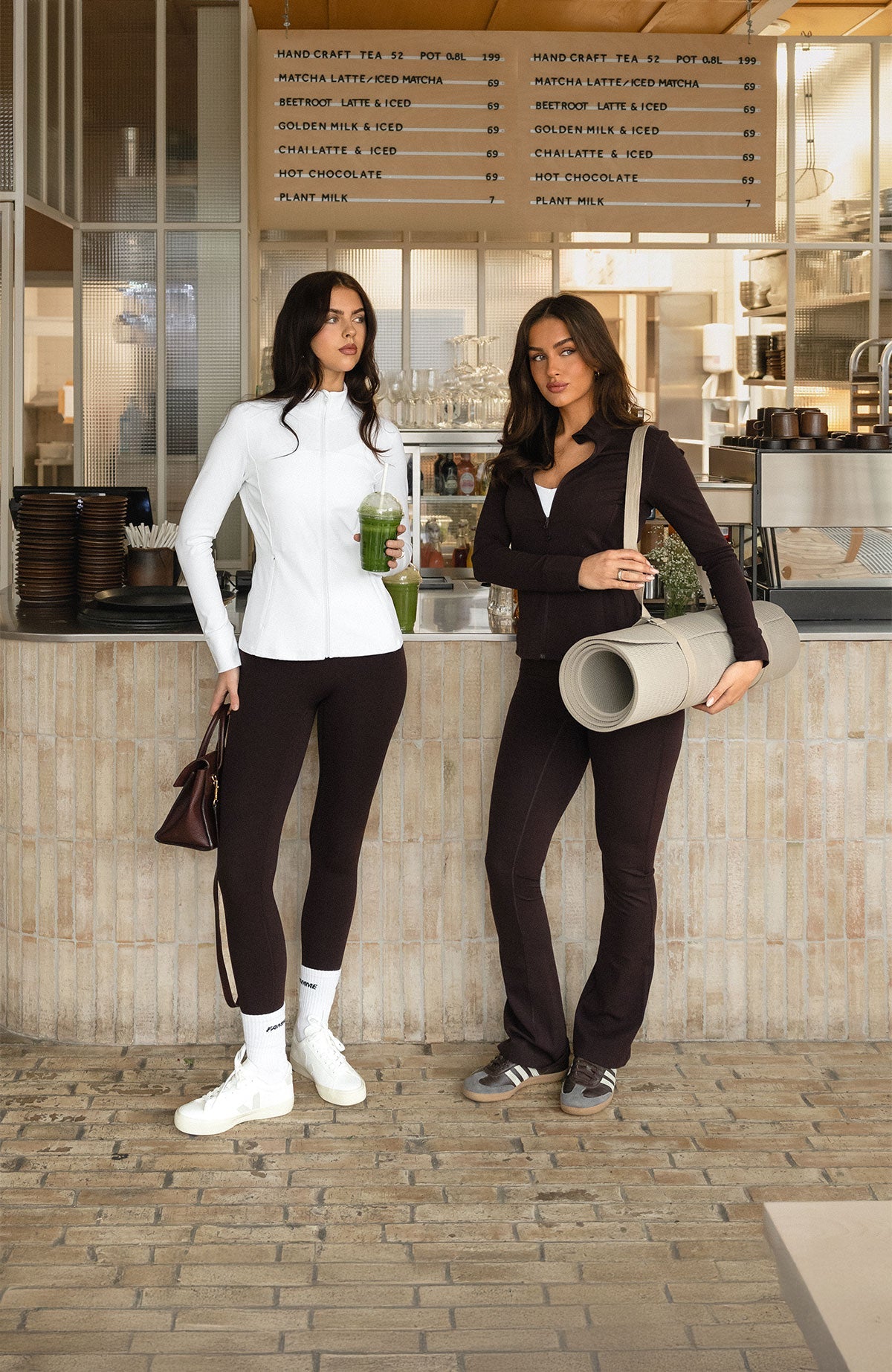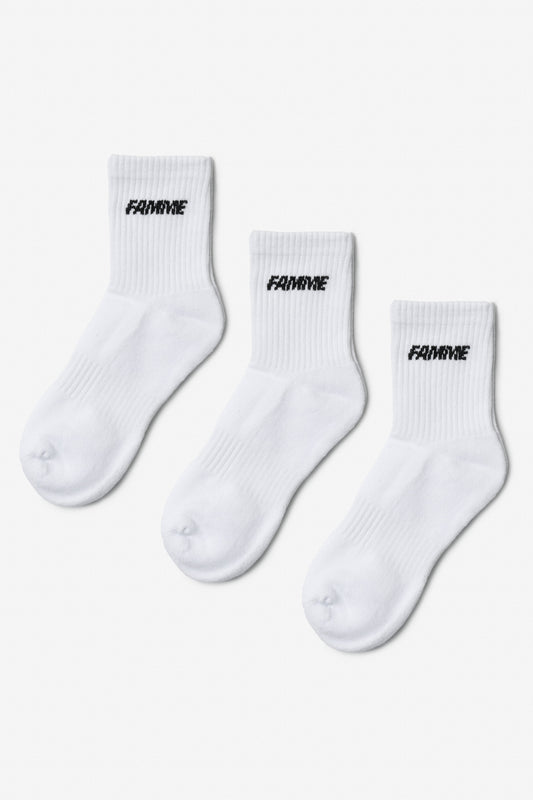
Five signs for when you should change running shoes
All shoes will degrade over time, even if you haven't used them for a while. There is a golden rule of thumb that running shoes last for about 1000 km +/- 200 km. This of course varies from shoe to shoe and how much or little they have been used. In this article, we will give you some advice on wear and tear that may be present on the shoe and considerations you can make about replacing your running shoes.
1. You don't remember the last time you bought new running shoes
Shoes have a lifespan that we usually measure in kilometers, but even unused shoes can degrade over a year or two. The foam that makes up the most critical part of the shoe's cushioning will break down and become less responsive and "lively" over time. Even with occasional use, it is recommended that you update your running shoes once a year and with regular use every 3 to 6 months.
Our shoes at Famme have a chunky outsole made of a lighter EVA foam, and combined with the insole from Ortholite, they have a remarkable lifespan. The carefully constructed blend of its various properties has made it an incredibly good running shoe. Take a look at the feedback we have received on them on our product page.
- Read more about the reviews of the shoe
- Read more about the technology behind the Ortholite sole
2. Your shoes have more wrinkles than your feet after a long bath
One of the best visual indicators of shoe wear and tear is the compression of the midsole foam. Foam that has lost responsiveness will have horizontal wrinkles and look "squished".
This is a better indicator than the rubber outsole on the shoes — some runners and walkers wear through parts of the rubber in less than 150 kilometers due to the friction the shoe and feet experience.
3. Upper and interior wear
Look for holes or unusual wear. These are indicators that the shoe is overused and should be replaced.
While most people do not need to replace their shoes every 6 months, it is a good idea to inspect them closely after 6 months of use. This will give you a good indication of how fast your shoes are breaking down.
4. Wear on the outsole
Take a look at the bottom of your shoe; if the sole is extremely worn in one area, it is probably time to replace them.
Place the shoe on a flat, even surface at eye level. Most shoes should sit evenly, without tipping or rocking. If the lugs (the rubber sections) on the outsole are more worn down, the shoe may tip or rock, or even sit at an angle.
"Normal" wear occurs on the outside of the heel and evenly across the ball of the foot. If you notice excessive wear in other areas, it may be an indication that the shoe is worn out or that you may need a different type of shoe for your biomechanical needs.
5. Everything starts to hurt
It would be great if you never had to buy a new pair of shoes again. But the longer you go beyond a shoe's lifespan, the less support and cushioning it will have, causing extra stress and fatigue to your feet, calves, knees, and hips.
Take a look at our article on pronation, overpronation, and underpronation and the pain that can result from it.
Do the running shoes feel flat, or have you started to notice small irritations in your knees or feet? If you experience pain and the pain seems to correspond with using shoes that are beginning to get old, replacing them with a new, fresh pair may provide desperately needed relief for your body.
If you think the shoes have caused misloading and wear and tear in different parts of your body, it will be necessary to look into preventive measures so that the pain does not worsen. Check out our article about injury prevention training.
Tips to preserve quality
- Keep them dry. After rain or intense use causing sweat, stuff them with newspaper or similar paper and let them air dry. Only do surface cleaning of dirt and similar on your sports or running shoes and never put them in the washing machine. Take a look at our article if you are in doubt about how to wash shoes!
Our versatile shoes, on the other hand, can be machine washed. Take out the laces and insoles and set the washing machine to 30 degrees with low spin. The white shoes are made to maintain their white color longer.
- Rotate your shoes. You can get more mileage out of each pair by not wearing them on consecutive days. The foam midsole can take up to 24 hours to fully recover. In addition, it has been shown to significantly reduce injury rates by rotating the use between two different pairs of shoes, as the body makes small adjustments to each individual pair.
- Keep them cool. Unless it is a retired pair of sneakers set aside for spontaneous use where you keep a set of workout clothes and shoes in the car, try not to store your shoes in a car that can get extremely hot or cold.
For shoes that you use regularly, it is recommended to store them in a place that allows good air circulation and where they experience as little dust as possible settling on delicate materials.



